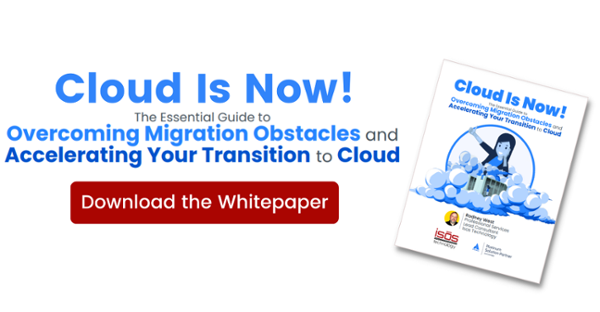 If you’re planning on migrating to Atlassian Cloud, cost is likely to be top of mind. At Isos Technology, we encourage you to look beyond licensing fees and consider what your total cost of ownership may be. Total cost of ownership includes the hard costs related to migration, the ongoing cost of licensing fees, and potential savings incurred post migration. Of course, these numbers will vary broadly from organization to organization. At Isos Technology, we make it a practice to provide a Total Cost of Ownership Analysis as part of our estimation process.
If you’re planning on migrating to Atlassian Cloud, cost is likely to be top of mind. At Isos Technology, we encourage you to look beyond licensing fees and consider what your total cost of ownership may be. Total cost of ownership includes the hard costs related to migration, the ongoing cost of licensing fees, and potential savings incurred post migration. Of course, these numbers will vary broadly from organization to organization. At Isos Technology, we make it a practice to provide a Total Cost of Ownership Analysis as part of our estimation process.
This analysis is designed to help our clients gauge what their expenses related to Atlassian may be for the first few years after the migration, as well as when they might begin realizing a return on their investment. In addition, Atlassian has some excellent tools on its website to help companies estimate Cloud licensing fees.
Let's take a closer look at all the things that fall under the umbrella of total cost of ownership.
One-Time, Up Front Costs
The one-time, up-front costs of migrating to Atlassian Cloud consist primarily of consulting fees for an experienced Atlassian partner to evaluate your current systems, develop architecture and requirements for your desired end state, migrate your active and historical data, and provide any necessary post-migration support. In addition, there may be costs associated with dedicating internal resources to support the migration.
Quantifiable Savings
The quantifiable benefits of migrating to Atlassian Cloud cover all the ways you’ll realize long-term savings by migrating to Atlassian Cloud. These might include reduced Atlassian licensing fees due to improved user management, reduced third-party app licensing fees due to app consolidation and enhanced native Cloud functionality, reduced hardware and hardware maintenance fees, increased in workforce productivity, and reduced labor associated with in-house Atlassian administrators.
Payback Period
The payback period is the length of time it will take you to recoup the upfront costs of migration and begin realizing a return on their investment. It is the number of months it will take the organization to realize cost efficiencies equal to the initial expenditure.
Non-Quantifiable Benefits
A migration to Atlassian Cloud is also likely to come with some long-term, non-quantifiable benefits. These are all the ways your company will benefit from Cloud that may have financial implications but are more challenging to quantify, like better visibility into work; cleaner, more streamlined reporting; streamlined processes; increased collaboration; greater system stability; improved compliance; and the ability to scale up and down more easily.
Want More Proof? Here Are Some Hard Numbers:
To help companies like yours better understand the dollars and cents (sense?) of migrating to Atlassian Cloud, Atlassian commissioned a Forrester report called The Total Economic Impact of Atlassian Cloud. It provides hard numbers demonstrating how a hypothetical enterprise organization—a composite of four real companies—was able to achieve $1.79M in savings and 155% ROI with a payback period of only 6 months by migrating to Atlassian Cloud.
Interested in learning more? Check out our whitepaper, with a ton of great information to help you get ready for a smooth migration.
Sign up to receive more great content
Learn more about Atlassian and how Isos can help by signing up to receive our latest blogs, eBooks, whitepapers and more.














